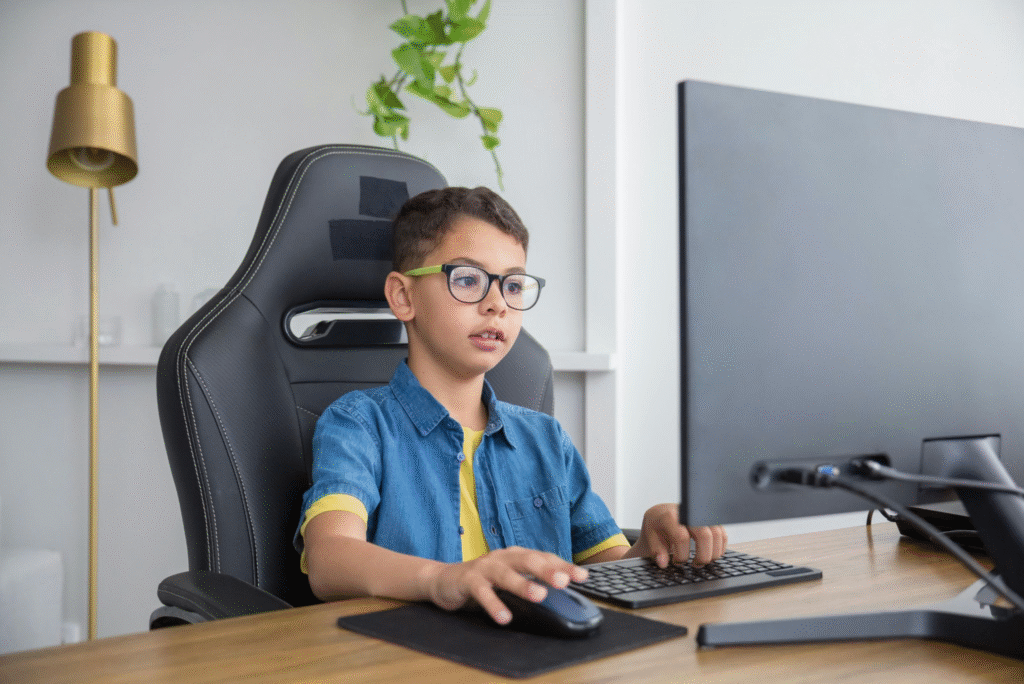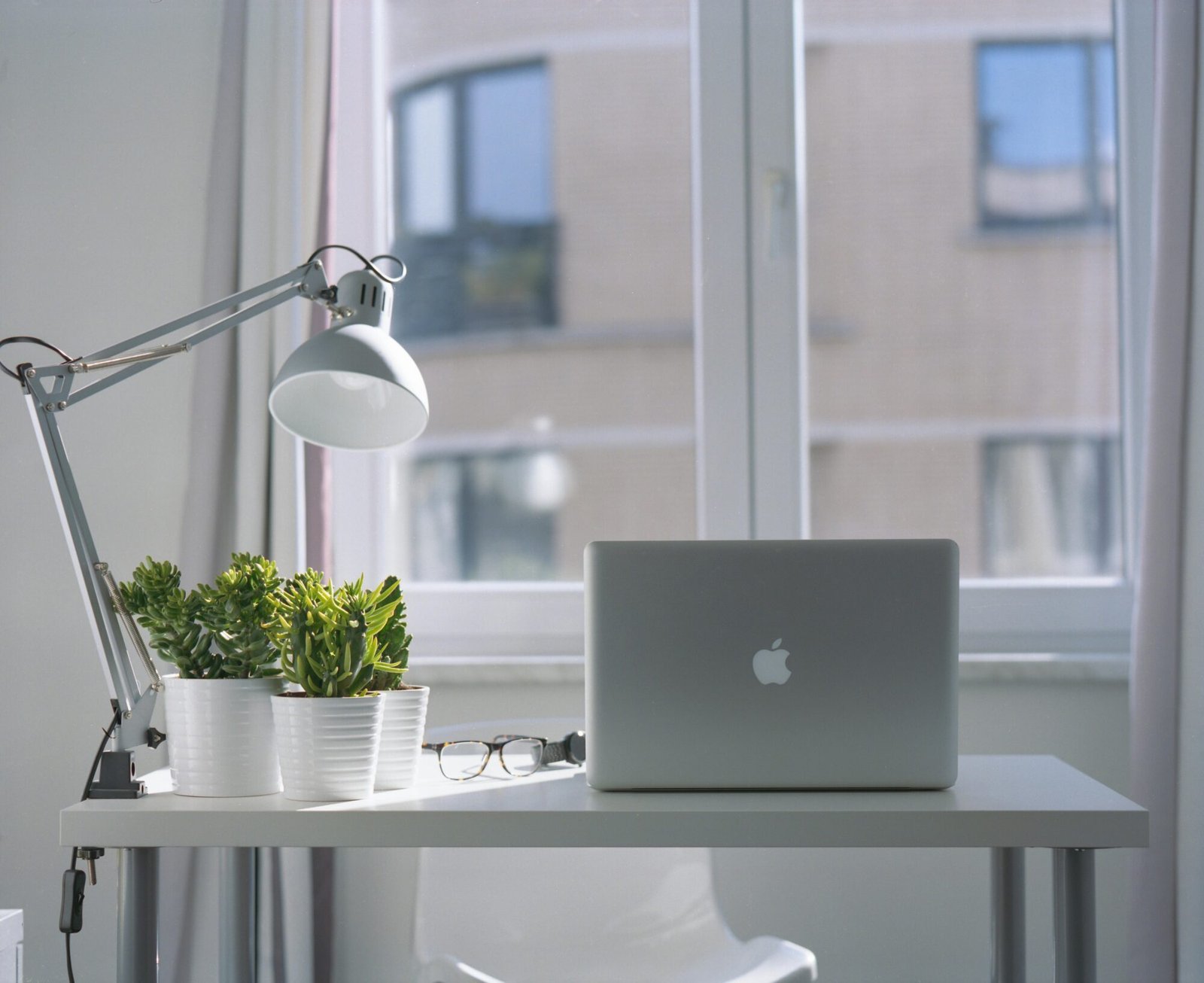Your home learning space is where a love of learning grows. This guide offers practical advice for creating a functional and inspiring
homeschool room setup, whether you have an entire room or just a small corner. Find tips on organisation, ergonomics, and minimising distractions
Creating structure in a home learning environment can be a challenge. The perfect. homeschool room setup is not about replicating a traditional classroom; it is about creating a functional, comfortable, and inspiring space where your children can thrive. Whether you are working with a dedicated room in a large house or a small corner in an apartment, a thoughtful plan can create an environment that encourages focus and fun.
This guide provides practical homeschooling space ideas tailored for South African families. We will examine the essential elements, from ergonomics to organisation, to help you design a
dedicated learning space at home that works for your unique needs and curriculum requirements.
The Foundation: Defining Your Learning Space
The first step is to define your workspace. This does not have to be a separate room. Many successful homeschooling families use the kitchen table, a desk in the dining room, or a converted nook. The main requirement is a space where children can spread out their paperwork or work on projects without constant interruption.
When choosing your space, consider the flow of your home. A high-traffic area might not be ideal for a child who is easily distracted. Conversely, a very isolated space might not work for a younger child who needs frequent assistance. Flexibility is important; your needs may change as your children grow or your curriculum evolves.
Essential Elements for a Productive Setup
Once you have a location, focus on the core components that make a space conducive to learning. Your setup does not need to look like a classroom, but it does require a few basics: a flat surface, comfortable seating, and good lighting.
Lighting and Seating
Good lighting is non-negotiable. Prioritise natural light wherever possible, as it is best for reducing eye strain. If your space is far from a window, ensure you have good overhead or task lighting so children do not have to strain to see their work.
Comfortable seating is equally important. While learning on the couch can be a nice change of pace, a dedicated chair with good support helps children associate the space with focused work. An ergonomic setup is a sound investment in your child’s health and concentration.

Ergonomics for Home Learning
Good posture is crucial for anyone spending time at a desk. According to Cornell University’s Ergonomics Web, a proper setup involves feet flat on the floor, knees at a 90-degree angle, and the screen at or just below eye level.
- Postural Reminders: For older children, consider investing in simple postural reminders that prompt them to check and correct their posture.
- Encourage Movement: Regular breaks are essential. Encourage children to get up, stretch, walk, or play during recess times to break up periods of sitting.
Creating an Inspiring Atmosphere
The look and feel of your space can significantly impact a child’s motivation. An organised, visually appealing environment encourages learning and reduces mental clutter.
Aesthetics and Organisation
- Visual Stimuli: For younger children, large, brightly coloured letters and numbers can be great learning aids. For older students, consider maps, inspiring quotes, or pictures related to their current studies.
- Organisation: A tidy space helps create a tidy mind. When everything has a place, children know where to find things and, importantly, where to put them away. This saves valuable learning time that might otherwise be spent searching for supplies. Use shelves, bins, and drawers for
organising a homeschool room.
Minimising Distractions
Children are naturally curious, which makes a distraction-free space a priority. This might mean covering a television, implementing a “no cellphones” rule during school hours, or ensuring other siblings are not making noise nearby. Some families find success with noise-cancelling headphones or establishing official “quiet hours” that the whole family respects.
Thinking Outside the Four Walls
A key benefit of homeschooling is its flexibility. Learning does not have to be confined to one room. Outdoor spaces offer a fantastic alternative, especially on fine days or in a busy household. A porch, patio, or garden table can become a classroom with a few adjustments.
The same principles apply outdoors: ensure comfortable furniture, flat working surfaces, and adequate shelter from the bright sun. Using a simple basket or carton to carry supplies to and from the house can make the transition seamless. Many
South African homeschool resources, such as those provided by curriculum suppliers like Impaq, are available online, making learning portable with a tablet or laptop.
[Insert Image: A child doing schoolwork at a table in a garden or on a patio. – Source: Pexels – Alt Text: An outdoor homeschooling space idea with a child learning in a natural environment. File Name: outdoor-homeschooling-space-ideas.jpg]
Your Space, Your Rules
Ultimately, creating the perfect homeschool room setup is about finding what works for your family. It is a space that should adapt to your needs, not the other way around. With a bit of planning and an open mind, you can design a learning haven that supports your children’s educational journey and fosters a genuine love of learning.
Call to Action
How have you designed your homeschooling space? Share your best tips or a picture of your setup in the comments below—we would love to see your ideas!
If you found this guide useful, please share it with other homeschooling families.

